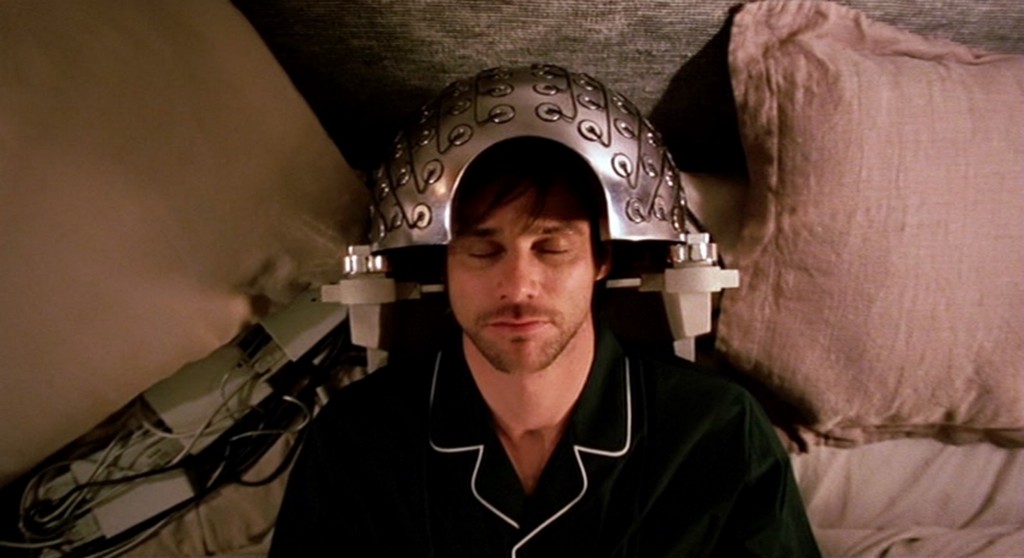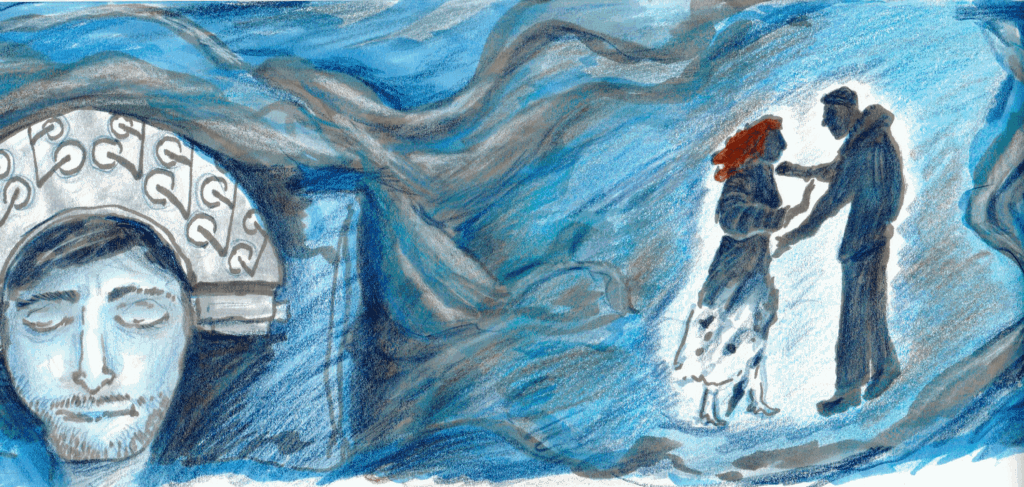Sadboys, take heart: You’re now one step closer to finally getting that treatment to erase all memories of your ex, thanks to the European neuroscientists who just uncovered new information about how our brains learn and forget.
The study, an eight-year effort published in Nature last month by researchers at the European Molecular Biology Lab and the University Pablo Olavide in Seville, Spain, isolated and identified how three learning-specific pathways in the hippocampus, the part of the brain that deals with memory, work together to help us simultaneously clear out old memories and learn new information. Their findings suggest that when we’re prompted to recall and use a specific memory in real time, we might be able to make our brains actively forget it — and the task could eventually be as easy as taking a pill.
“[The hippocampus] is actually quite well understood, but really, people don’t know what the different parts do,” says Cornelius Gross, the lead researcher at EMBL, in a phone call with MEL. “That was the purpose of this thing: to try to use some of these modern tools that have become available in the last five or 10 years” to isolate the functions of specific parts.
Their findings suggest that when we’re prompted to recall and use a specific memory in real time, we might be able to make our brains actively forget it — and the task could eventually be as easy as taking a pill.
In a nutshell, the experiment went like this: The scientists taught genetically engineered mice a Pavlovian-style task involving two sensory “cues” over the course of about a week. This learning process involves the three hippocampal pathways mentioned above: a primary pathway, made up of dentate gyrus granule cells, that deals with the absorption or learning of information; a second that recalls related, already-learned information; and a third, which actively tries to forget all of it. Once the mice had learned as much as they could and had moved onto the “maintaining” stage of learning, the scientists blocked the primary pathway and tried to continue reinforcing the lesson. While that main “learning” pathway was blocked, the mice not only couldn’t keep learning how to do the task — they had also, within a single day, completely forgotten they’d ever associated the two stimuli with a task whatsoever.
“This is what personally I’m most excited about — that it appears that, under all circumstances when you’re learning something, you have two mechanisms: one is trying to put the stuff into the synapse into the brain, and the other is trying to erase something,” explains Gross. “If you block the learning part, you may spontaneously start erasing previous memories [of that same task].”

What’s more, trying the same pathway-blocking process while the mice weren’t actively being given the two stimuli that would prompt them to complete the task did absolutely nothing to erase their memory of how to complete it; that is, they were still able to do it once the pathway was unblocked and they were again subjected to those stimuli. Gross says this likely means that in order to completely erase a memory, we have to actively be trying to reinforce it, not just remembering it in the abstract. That’s because learning has just as much to do with memory erasure — that is, the clearing-out of old memories to make room for new ones — as it does memory acquisition.
The conclusions reached in this study, Gross cautions, have yet to be re-tested in different laboratories (though he says his team is “pretty confident” in its replicability). The process is more than a few years away from human trials — he estimates that’ll take about a decade, and maybe another ten years after that until any potential drug or treatment hits the market. But EMBL molecular physiologist Maja Köhn, another co-author of the study, does believe that such a treatment could eventually result from the study’s findings.
“There is a market for erasing traumatic memories,” says Gross. Pharmaceutical companies might pick up and exploit these findings more quickly than the academic research community.
But if the findings are sound, they could lead to what might be called Exposure Therapy 2.0. Current extinction theory-based treatments involving trauma and phobia patients are based on realigning cause-and-effect associations and take a really long time to really set into a person’s brain (no doubt a challenge for already-traumatized patients). But a pathway-blocking chemical (in pill form, say) would supercharge the whole process, physically erasing the memories in one go, as opposed to the sluggish, marginally effective process of today’s exposure therapy.
“There is a market for erasing traumatic memories,” says Gross, noting that other industries, like pharmaceutical companies for example, might pick up and exploit these findings more quickly than the academic research community. “And for PTSD in veterans — it could be an avenue which [the military] is probably willing to put money into things that are maybe not even commercially viable. So that could be really interesting.”
All of which means that if you can hang tight with your misery for a few more years, you could have your Eternal Sunshine of the Spotless Mind solution for that Manic Pixie Dream Summer at last.
Devon Maloney is an L.A.-based writer. She previously wrote about scientific breakthroughs (and how many of them are bullshit).
More science on MEL:
- How to Tell When The Scientific Breakthrough You’re Reading About Is Bullshit
- Self-Help Patrol: The Sound of Solace
- Walking While You Work
